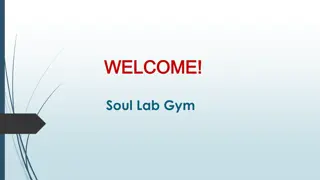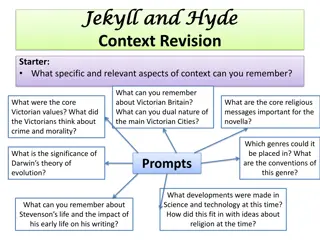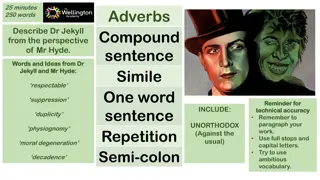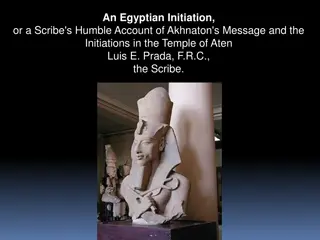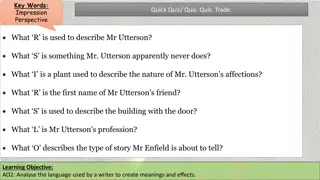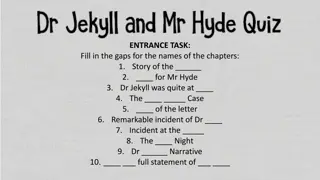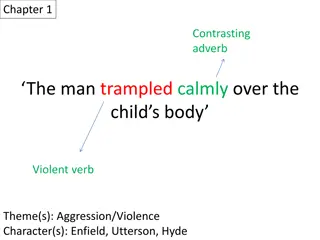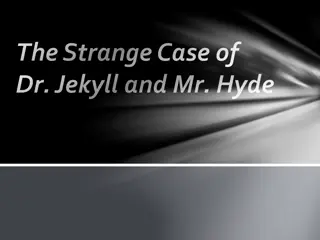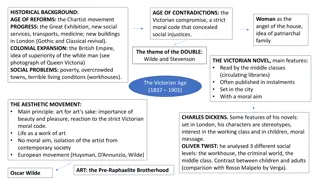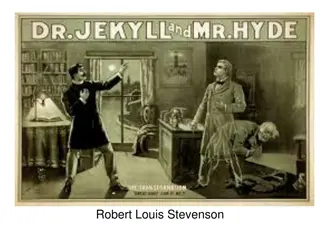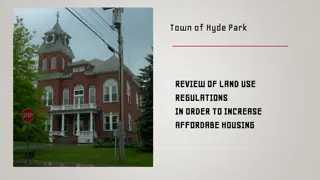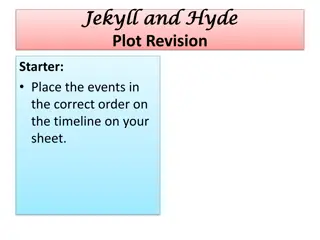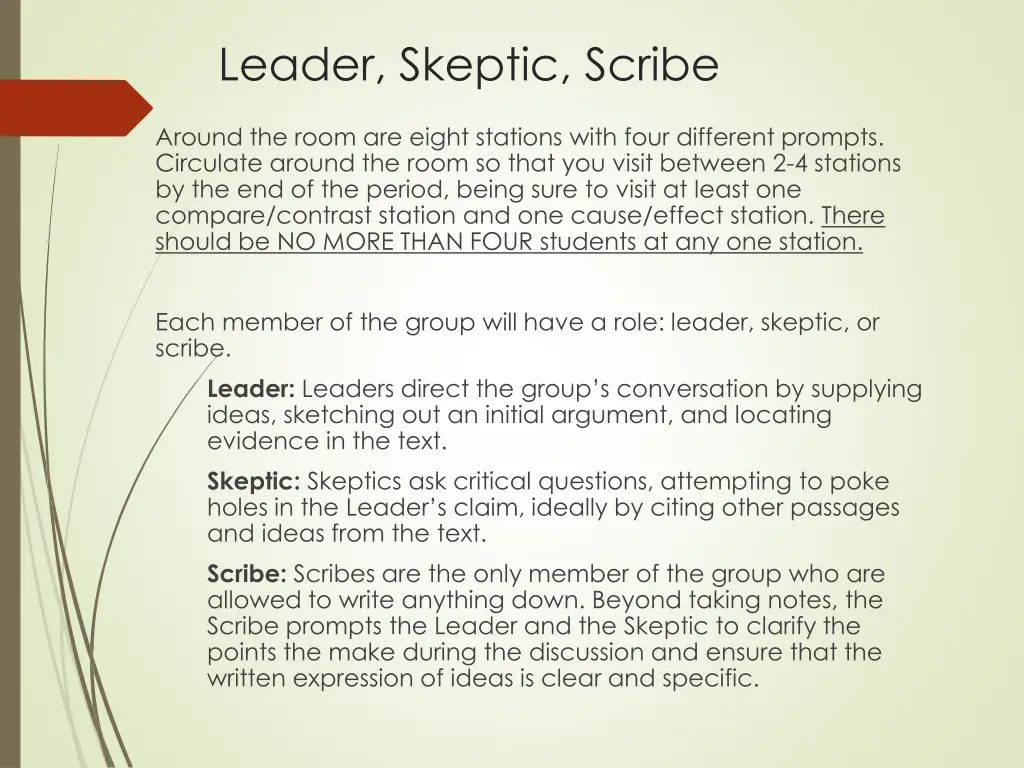
Engaging Classroom Activity: Leader, Skeptic, Scribe
Experience a dynamic group activity where students take on different roles to analyze text prompts, challenge perspectives, and clarify arguments. Enhance critical thinking skills and deepen understanding through collaborative discussions.
Download Presentation

Please find below an Image/Link to download the presentation.
The content on the website is provided AS IS for your information and personal use only. It may not be sold, licensed, or shared on other websites without obtaining consent from the author. If you encounter any issues during the download, it is possible that the publisher has removed the file from their server.
You are allowed to download the files provided on this website for personal or commercial use, subject to the condition that they are used lawfully. All files are the property of their respective owners.
The content on the website is provided AS IS for your information and personal use only. It may not be sold, licensed, or shared on other websites without obtaining consent from the author.
E N D
Presentation Transcript
Leader, Skeptic, Scribe Around the room are eight stations with four different prompts. Circulate around the room so that you visit between 2-4 stations by the end of the period, being sure to visit at least one compare/contrast station and one cause/effect station. There should be NO MORE THAN FOUR students at any one station. Each member of the group will have a role: leader, skeptic, or scribe. Leader: Leaders direct the group s conversation by supplying ideas, sketching out an initial argument, and locating evidence in the text. Skeptic: Skeptics ask critical questions, attempting to poke holes in the Leader s claim, ideally by citing other passages and ideas from the text. Scribe: Scribes are the only member of the group who are allowed to write anything down. Beyond taking notes, the Scribe prompts the Leader and the Skeptic to clarify the points the make during the discussion and ensure that the written expression of ideas is clear and specific.
The Task In your groups, read the station prompt carefully. * The leader begins the conversation by making a claim that responds to the prompt. Think carefully before your response and use your text and/or reading notes as needed when constructing your answer. * Once the leader has made his/her assertion, the skeptic begins questioning this analysis. For example: Is there an alternative analysis that complicates or negates the leader s claim? Are there any textual details the refute or challenge the leader s claim? How? Why? * The scribe is taking accurate notes of this discussion and final analysis, being sure to ask specific clarifying questions as needed to accurately capture the discussion.
Gallery Walk Please post your work to the walls around the classroom. Once each group has posted your analysis notes, please circulate around the room to review and discuss the findings of your classmates.
Reflection In your Writer s Notebook, write a reflection that considers how this process helped broaden and/or deepen your understanding of the text. In what way(s) did being forced to consider an argument from alternative perspectives challenge your thinking? What steps did you have to take to defend your position or refute the position of others in your groups? How often did you find yourself going back into your notes and/or the text to find support? In what way(s)did having to clarify your more abstract thoughts into clear, specific sentences challenge you to consider how you might frame your argument in a piece of written analysis?


